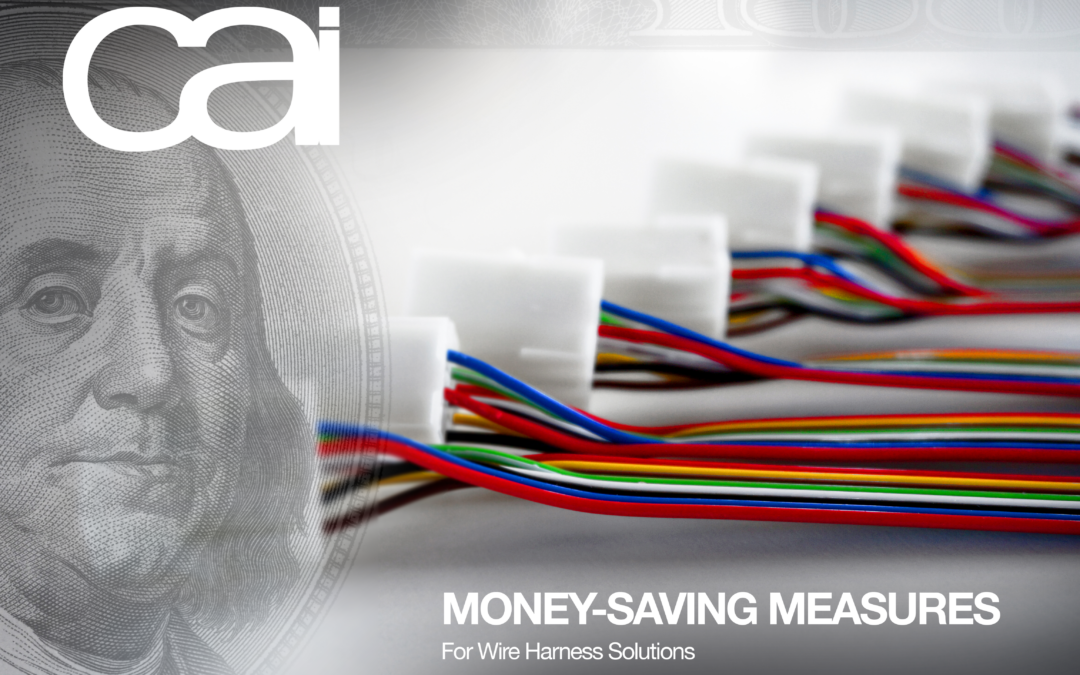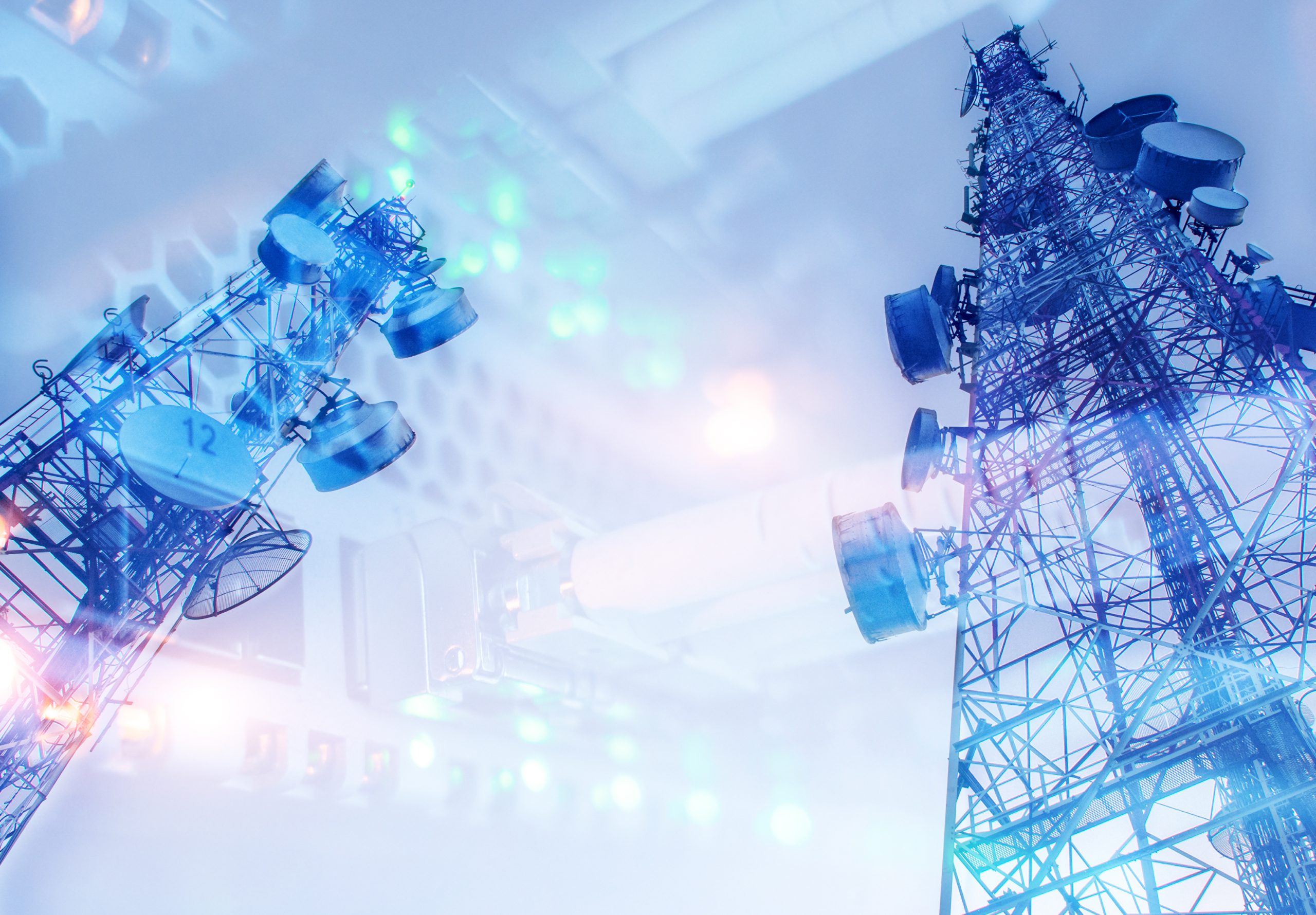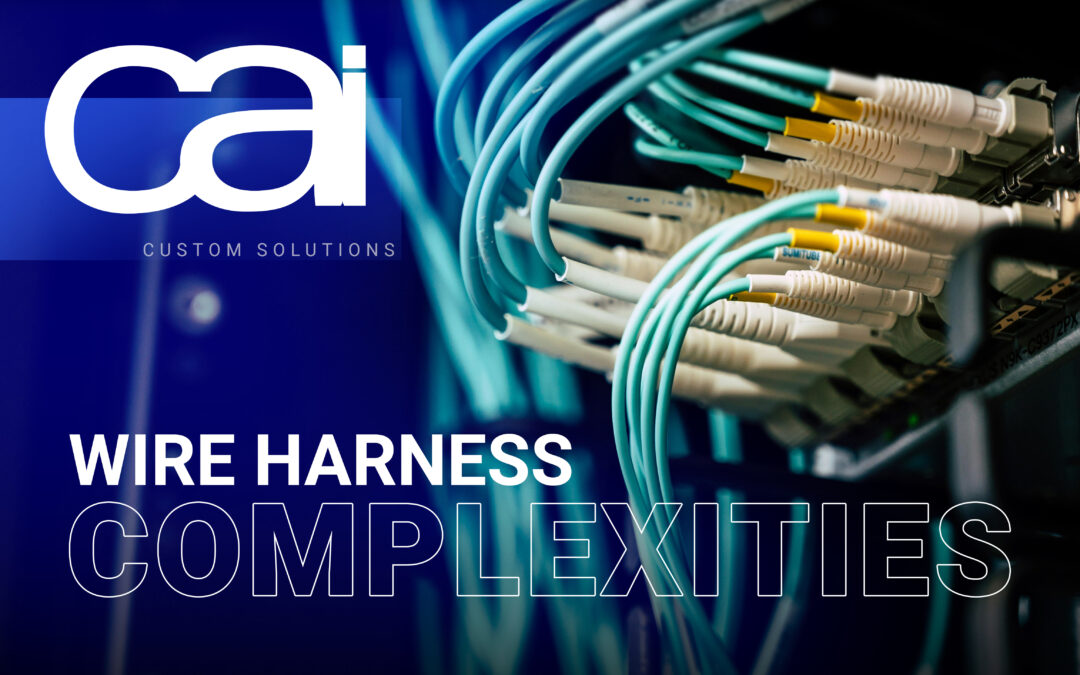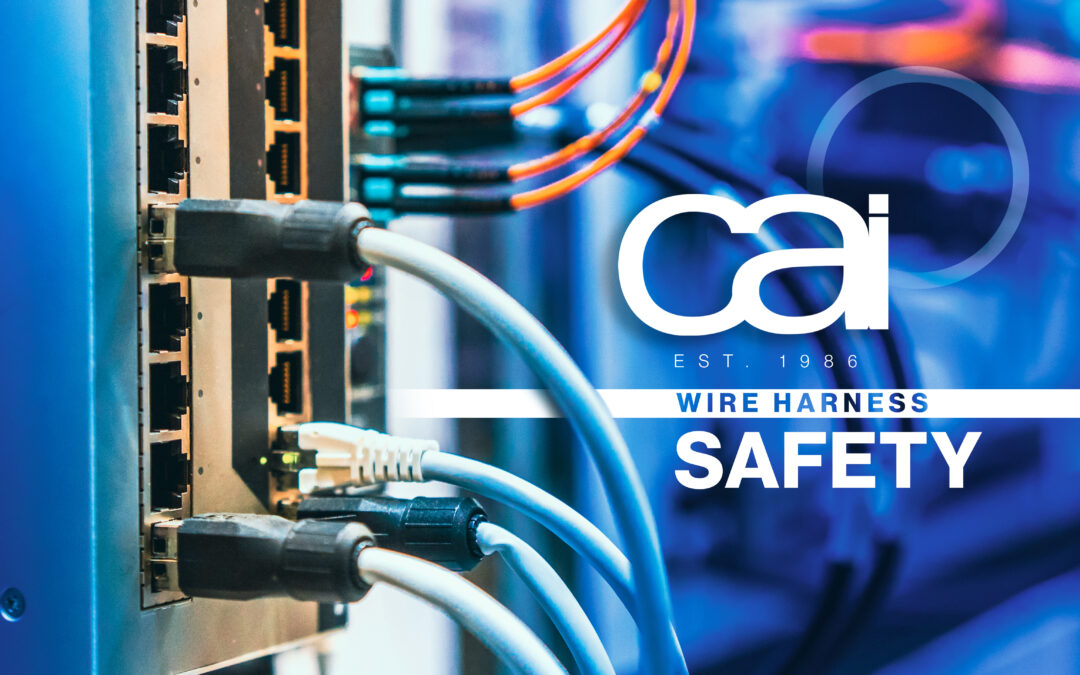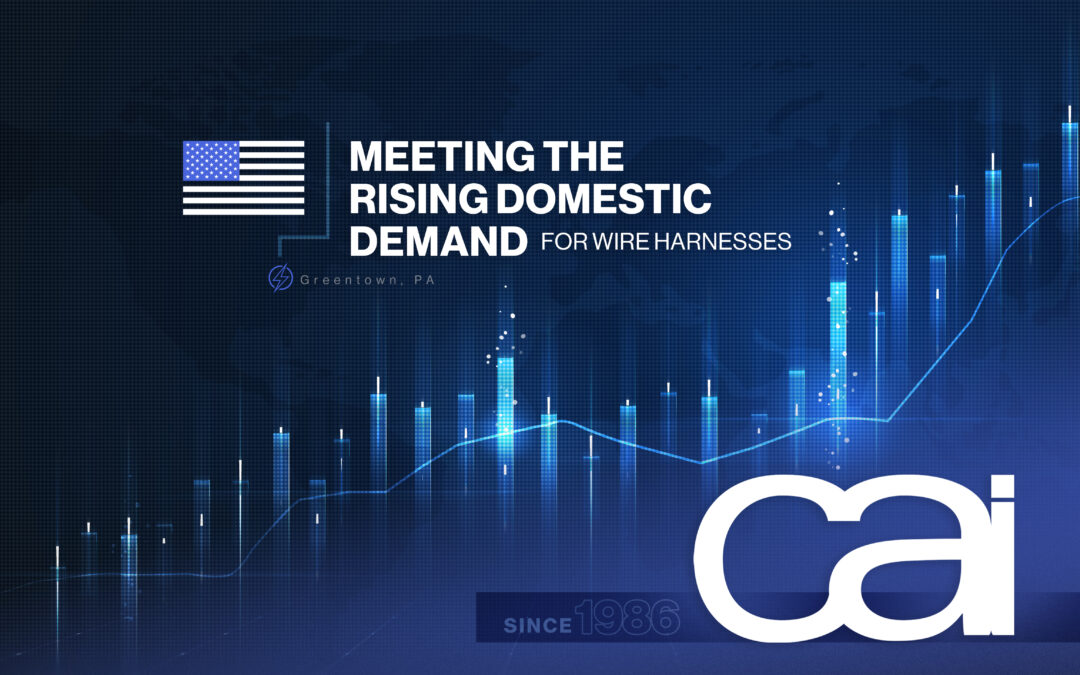Understanding the 3 Most Common Types of Telecommunications Cables: Coaxial, Twisted Pair, & Fiber Optic
Telecommunications, or “telecom,” refers to communication over long distances, especially via electricity. Once exclusively relegated to voice transmissions, advancements over the last century have allowed for data and video to be sent and received as well.
Today, a great deal of our day involves telecommunications whether over the internet, radio, or smartphone. It’s how many of us shop, work, entertain, and inform ourselves, and even visit the doctor nowadays.
With wireless technology (WiFi) taking up more and more of the spotlight, it’s easy to forget about the cables and wires that have long served us. However, even the cell towers sending these “invisible” signals don’t work magically. They still need electrical wiring to make it all happen.
Behind the scenes of these networks and electrical systems are telecommunications cables which we count on for their transmission of power and data. Telecommunication signals are even carried across oceans through cables running along the bottoms.
There are three main types of telecom cables today — fiber optic cable, twisted pair cable, and coaxial cable — each with their own unique properties and advantages depending on the application. Besides their construction, telecom cables further distinguish themselves from each other by their cost, transmission distance, and performance capabilities.
CAI has over 35 years of experience manufacturing custom cable assemblies and wire harnesses for nearly every industry, including telecommunications. Start a conversation with CAI today to get started on your next electrical project.
Coaxial Cable
From transmitting TV signals to helping establish internet connections, coaxial cables have been a mainstay in the telecom world and most people’s homes for some time. Used to carry high-frequency electrical signals with low losses, coax cables feature two channels that share the same axis.
The innermost channel, typically copper, acts as the physical channel which carries the signal. After a layer of insulation, the outer channel, typically copper mesh, forms the second conductor and serves as a ground. Whether single-, dual-, or quad-shielded, its design supports longer cable lengths and allows for quick data transfer without interference or detrimental effects on the surrounding electromagnetic environment.
Coaxial cable applications include internet connections, digital audio (S/PDIF), distributing cable television signals, high-definition media interface connections, and feedlines connecting radio transmitters and receivers.
The two most common types of coaxial cables, RG-6 and RG-59, are often used in residential settings and deliver 75 ohms of impedance. Best suited for CCTV and other analog transmissions, RG-59 is flexible, has less shielding, and is better for shorter runs. Thicker, heavier, and better shielded, RG6 coaxial cable is better suited for applications including digital video signals, satellite TV, and broadband internet. The even thicker RG-11 can be more difficult to work with, though it offers lower attenuation and can go longer distances.
Twisted Pair Cable
Invented by Alexander Graham Bell in 1881, twisted pair cable involves two parallel insulated conductors of a single circuit twisted together to lessen crosstalk and environmental interference.
Mainly used in telephone and ethernet networks, twisted pair cables are either shielded (STP) or unshielded (UTP). While UTP is widely used in residential and commercial applications, STP is better at resisting noise due to foil wrapped around each pair of wires and a metallic braid or foil that covers all four.
Although cheaper than the other two telecom cable types mentioned in this article, twisted pair cables produce lower bandwidth and higher attenuation. Measured in decibels per foot, attenuation is the loss of signal strength in networking cables or connections.
While coaxial cable can reach longer distances, twisted pair cable is easier to install and maintain due to coaxial’s dielectric insulators.
Fiber Optic Cable
The newest of the three cable types, fiber optic cable transmits data via light pulses through tiny tubes of glass, or optical fibers. With a transmission capacity 26,000 times higher than twisted cable, optical fiber has revolutionized telecommunications with its incredible speed.
Everything from cable television services, internet signals, and telephone signal transmission involves the use of fiber optic cables in one form or another. Extremely resistant to interference, fiber optic cable is highly effective at creating long-distance connections between cities and even countries.
Fiber optic cable is separated into two categories according to the cable’s core size. Single-mode (yellow sheathing) has a small core and low attenuation, and allows only one mode of light to circulate at a time. Designed to carry multiple light modes simultaneously,
multimode (aqua blue sheathing) has a larger core and higher attenuation, with a transmission distance much lower than single-mode.
While pricing differs from supplier to supplier, fiber optic cable is generally more expensive than copper cables. However, fiber optic cable delivers signals with wider bandwidth (up to 4700 MHz) and faster speed (up to 200 Gbps) at greater distances (up to 50 miles). Fiber optic cable offers enhanced reliability but is more fragile and thinner, requiring greater care when installing and maintaining.
Some cable assemblies feature more than one type of telecom cable for optimal performance. For instance, cable broadband, also called hybrid fiber-coaxial (HFC), uses a combination of fiber optic and coaxial cables to transport multiple signals at a wide range of frequencies and internet traffic types simultaneously to create super-fast internet speeds.
CAI produces personalized, high-quality solutions for the telecommunications market and prides itself in exceeding the expectations of every client it serves. They also offer IP67 cable connections and overmolding to add an additional layer of protection for your wires.
Reach out today to see how CAI can take care of all your custom cable assembly and wire harness needs — from design to delivery.
